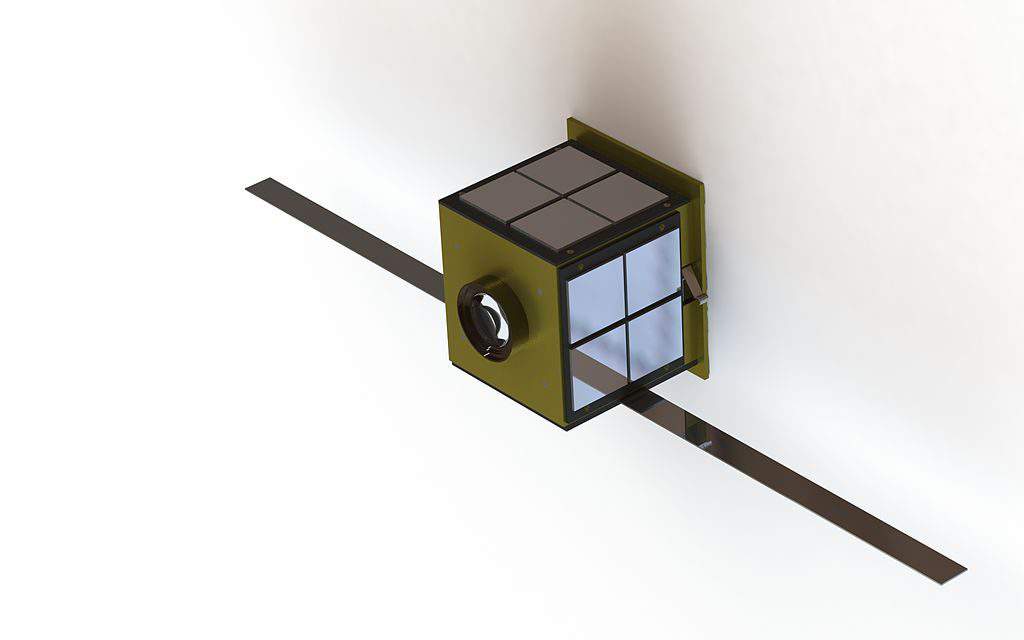Second Hungarian satellite in the making

The first Hungarian satellite was launched into Earth’s orbit in 2012, and it was a huge milestone in Hungarian space research history. The first Hungarian satellite was Masat-1, and it was constructed at Budapest University of Technology and Economics (BME). Now, people at BME are working on the second Hungarian satellite called Smog-1, Index.hu reports.
[button link=”https://dailynewshungary.com/hungarian-russian-satellite-space-project-kicked-off/” type=”big” newwindow=”yes”] Hungarian-Russian satellite space project kicked off[/button]
Masat-1
The first Hungarian satellite, Masat-1 took four years to design, develop and to build. Masat-1 was operating perfectly for 1062 days until its destruction, said Levente Dudás, chief mechanic of the Smog-1 project. Masat-1 was a CubeSat which is a type of miniaturised satellite made up of multiples of 10×10×10 cm cubic units. CubeSats have a mass of no more than 1.33 kilograms per unit.

Photo: Commons-wikimedia.org By Svobodat
Smog-1
In recent years, a new type of satellite emerged called PocketQube. A PocketQube is a type of miniaturised satellite made up of 5x5x5 cm cubic units. It has a mass of no more than 180 grams. It is half the size of a CubeSat satellite. Smog-1 is a PocketQube type of satellite.

Photo: Commons-wikimedia.org By PocketQubeShop
The size of Smog-1’s solar panel is one fourth compared to that of the Masat-1, and Smog-1 has a mass of maximum 250 grams. The solar panels of Smog-1 will only be able to generate a power of 200 milliwatts.
What will the Smog-1 be used for?
Smog-1 will be used as a UHF band spectrum monitoring system. This system can measure the UHF band digital terrestrial TV signal levels around the world on a low Earth orbit as RF smog.
Why is this monitoring system needed?
The digital terrestrial TV signals cause interference in the communication system of satellites, thus complicating satellite control. Smog-1 will also measure how solar wind activities affect the satellite. The ionising radiation from the Sun severely damages the electronics, and the satellite will measure this destructive influence of the ionising radiation.
When Smog-1 will be put into orbit has not been decided yet, but it will definitely not happen before the summer of 2018.
Smog-1 will be operating for approximately 6 months; then it will “die”. It will eventually return to the atmosphere and burn out.
Source: www.index.hu






Great!